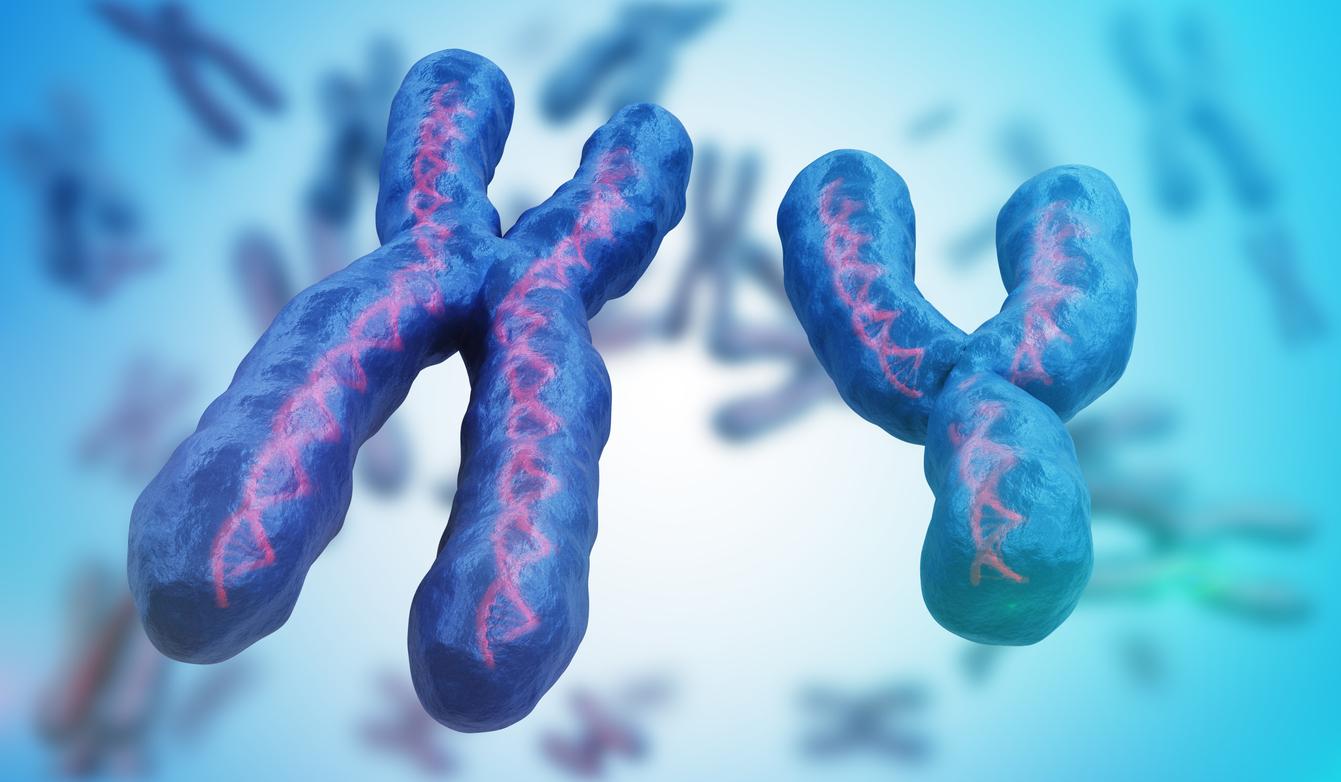Autism Spectrum Disorders (ASD), more commonly referred to as autism, develop differently in girls and boys.
-1618747573.jpg)
- These disparities are linked to a much greater number of rare variants of active genes, which manifest themselves during the early development of a region of the brain called the striatum.
- These results offer a new look at autism in girls, four times less common than in boys and therefore less studied.
This American study published in the journal Brain is based on functional magnetic resonance imaging (fMRI) scans performed on young girls aged 8 to 17 (some had ASD, some did not), as well as boys of the same age.
The objective was to analyze the brain activity of these children during social interactions. The researchers found that the differences between autistic and non-autistic girls were not the same as those seen in autistic and non-autistic boys.
These differences, of a genetic nature, manifest themselves in part by specific ways of reacting to signs of non-verbal communication (facial expressions, gestures) for the brains of girls with ASD compared to those of girls without ASD.
Genetic differences
According to this research, these disparities are linked to a much greater number of rare variants of active genes, which manifest themselves during the early development of a region of the brain called the striatum. According to the authors of the publication, these data suggest that effects on the striatum could contribute to the risk of ASD in girls.
“The convergence of brain imaging and genetic data sheds important new light on the causes of autism in girls. We hope to be able to use our findings to generate new treatment strategies tailored to autistic girls.”underline the authors of the study.
The comparative study of ASD in girls and boys is particularly necessary, insofar as autism is four times more frequent in boys. Consequently, the manifestations and development of autism in girls remain little studied and therefore less well known than those observed in their male counterparts.
.















